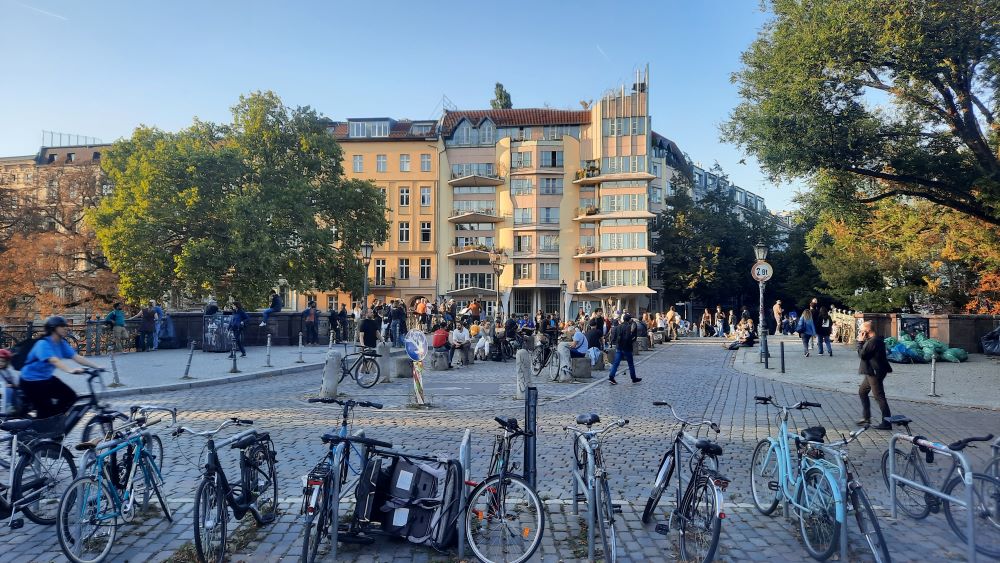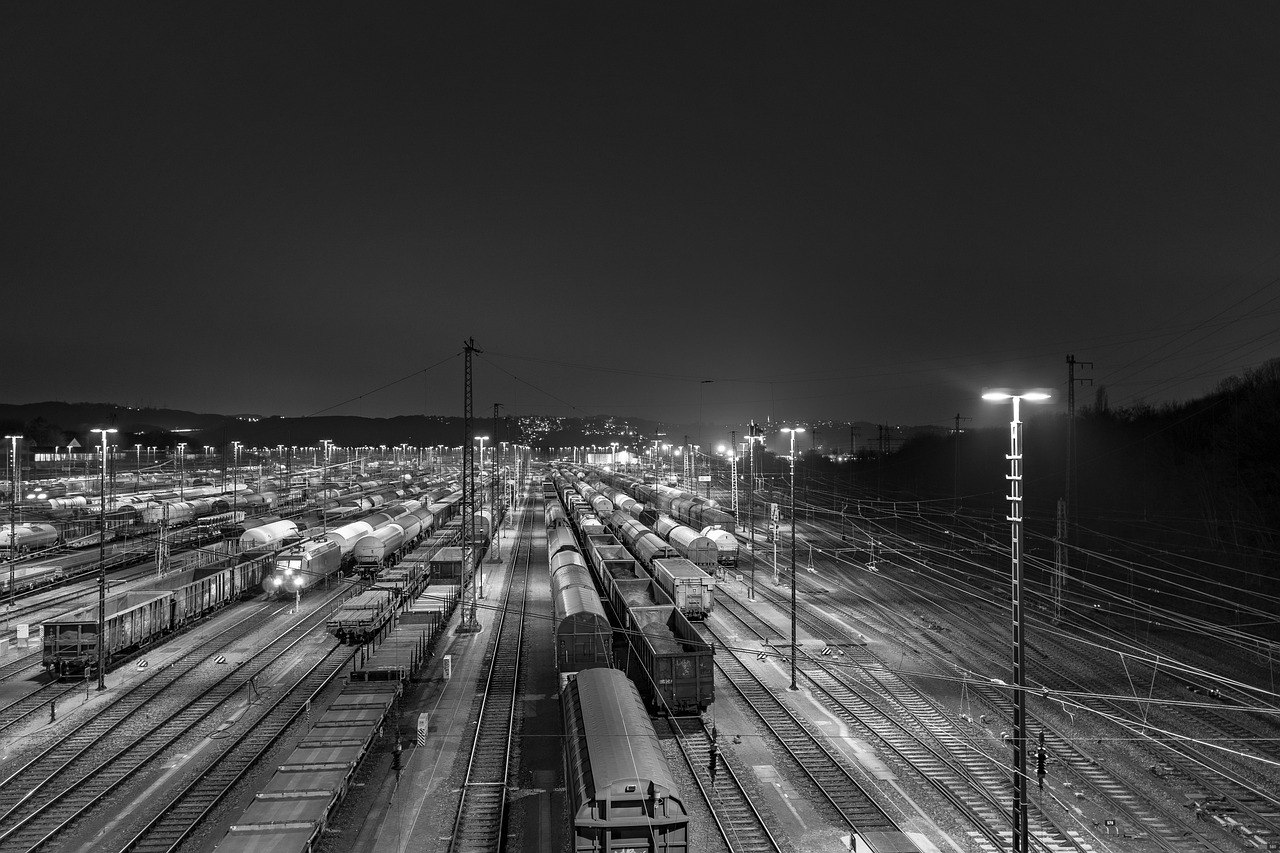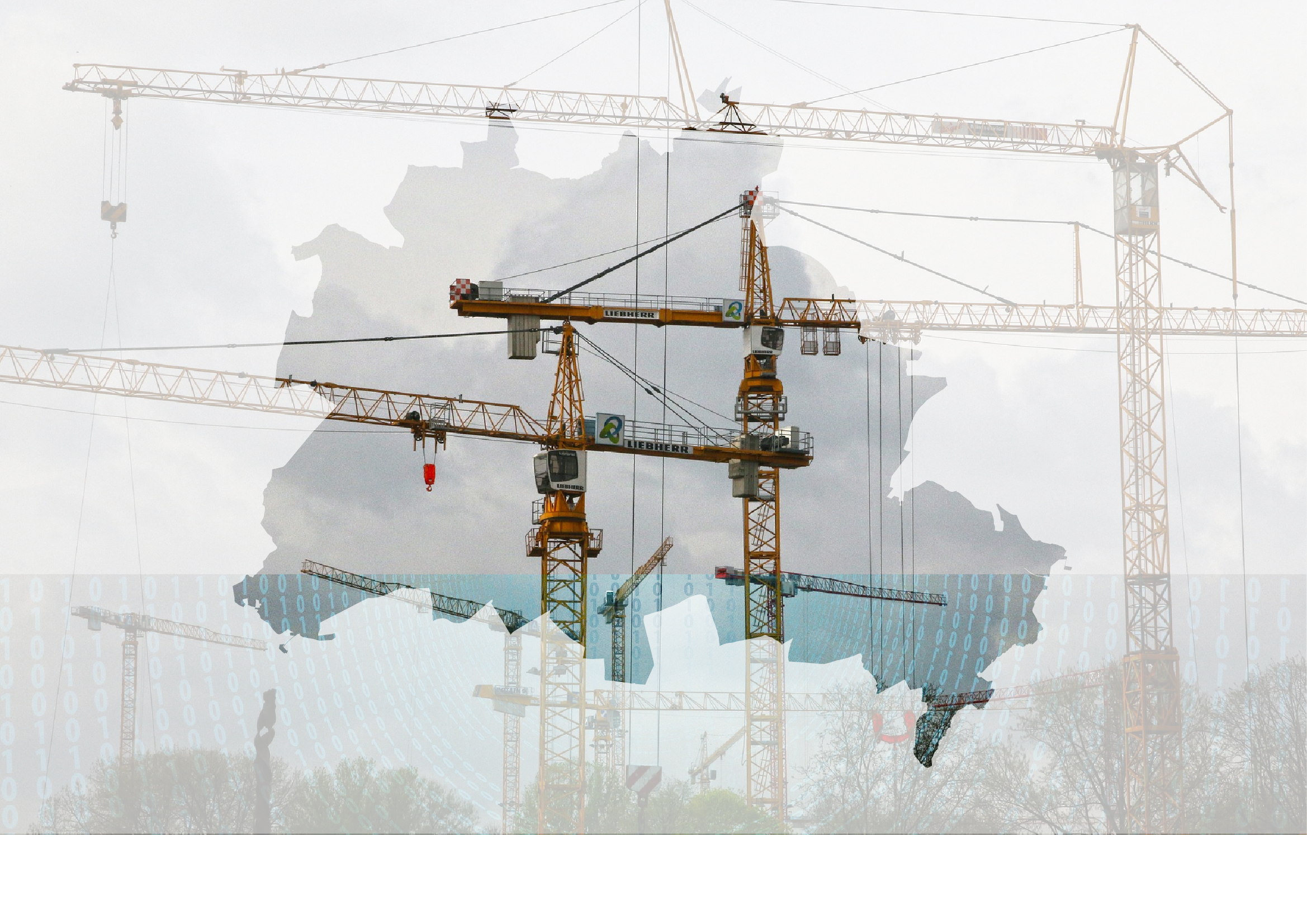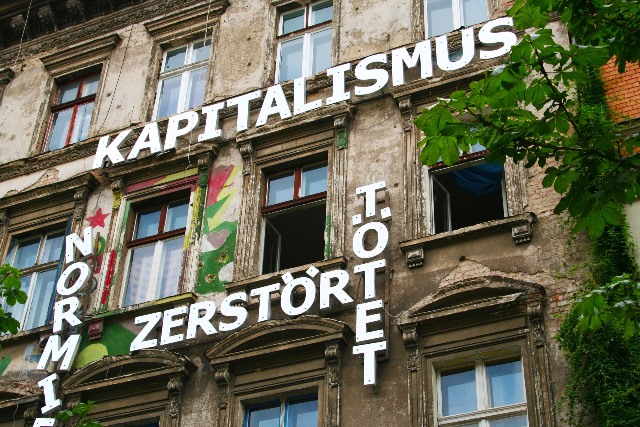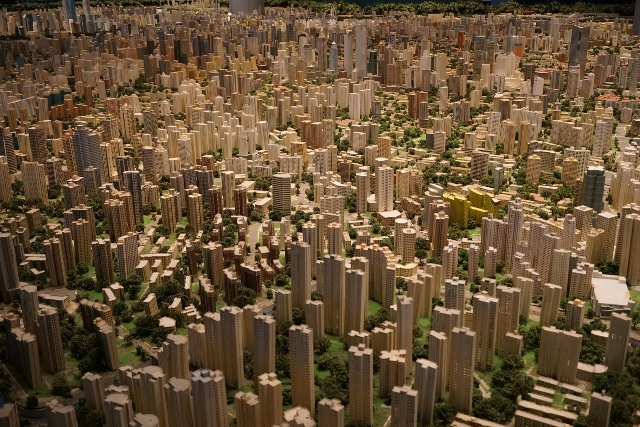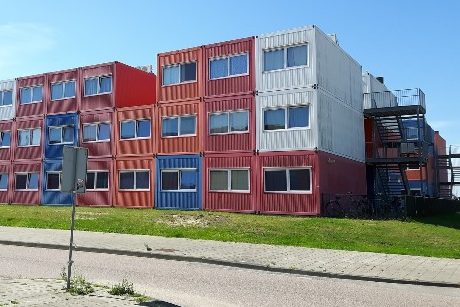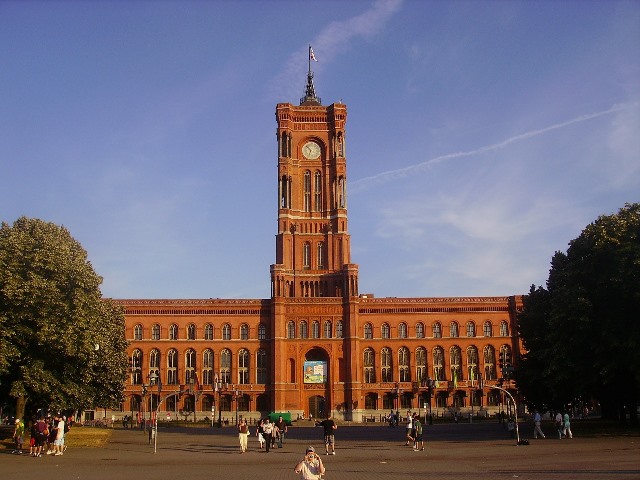Tourism hotspot study 2024 Project description Tourism is an important economic factor for Berlin and the Berlin-Brandenburg metropolitan region, a driver of culture and part of the capital's identity. After steady growth in the number of guests and overnight stays from the mid-2000s to 2019, the influx of tourists stopped. The coronavirus pandemic of 2020/2021 caused [...]
Urban Freight Rail Development Tool
Hebes2025-01-24T09:39:54+01:00UrbFRail - Support for the development of the Urban Freight Rail Development Tool Project description The Interreg project UrbFRail is a cooperation project between the Senate Department for Mobility, Transport, Climate Protection and the Environment as project lead partner and partners from Poland and Sweden for the reactivation of inner-city freight stations. The Interreg Smal Scale Project [...]
Small-scale housing completions
Hebes2022-07-05T08:04:11+01:00Development of a methodology for GIS-based monitoring of annual small-scale housing completions in the state of Berlin Project description The strong population growth in Berlin in the 2010s has led to a high demand for housing. Numerous measures have caused private and public developers to carry out, plan and prepare a large number of construction projects. [...]
Big Data and Crowd Data for urban development planning
Hebes2017-11-19T21:20:58+01:00Project description The study "Big Data and Crowd Data for Berlin's Urban Development Planning" aims to generate innovations for strategic planning through the use of Big Data and Crowd Data. It examines the extent to which Big Data and Crowd Data for urban development planning can cope with the challenges of the growing city in the future [...].
Upgrading and displacement (gentrification)
Hebes2018-03-01T14:07:09+01:00Project description Upgrading and displacement processes have been receiving a great deal of attention in Berlin and many other places for some time now, and not only in the media. This has led to a change in perception and an increase in the importance of the available instruments. As a support for the district's activities to steer and shape desired upgrading processes and to prevent those that are not [...]
Analysis of urban density
Hebes2017-11-19T21:23:45+01:00Project description In view of positive net external migration over the years, a continuously rising population and a noticeable increase in rents and housing prices, there is renewed discussion in Berlin about the extent and spatial structure of an appropriate density in the city. In view of the current population forecasts, the question arose as to which densities at which locations would be appropriate in the future.
Distribution of student housing
Hebes2017-11-19T21:26:28+01:00Project description Berlin is growing. A large share of the growth is due to the 20 to under 30 age group. There are many students in this age group. The rapidly increasing number of students in Berlin - from 2011 to 2015 there was an increase of approximately 22,000 students, in the winter semester 2017/2018, with [...]
Population forecast Berlin
Hebes2017-11-19T21:24:18+01:00Project description The Senate Department responsible for urban development produces population forecasts at regular intervals as a basis for the city's planning authorities. The forecast was last renewed in spring 2016. The development of migration flows to Berlin, which could not be predicted on this scale in 2011, reinforced the need to update the small-scale forecast. [...]
Berlin Strategy
Hebes2017-11-19T21:28:42+01:00Project description As an integrated concept, the BerlinStrategie |Stadtentwicklungskonzept Berlin 2030 takes up the existing Berlin plans and programmes and develops a model for the development of the city as a whole on this basis. The BerlinStrategie serves as a guide for the growing Berlin, a basis for the sustainable development of the city. With the concept, [...]


